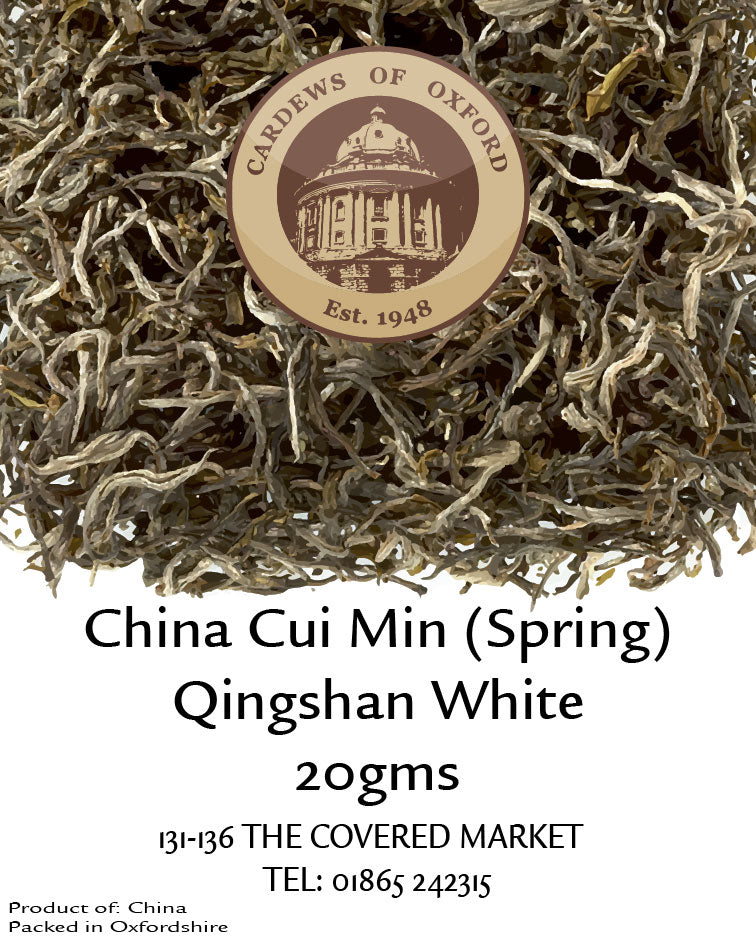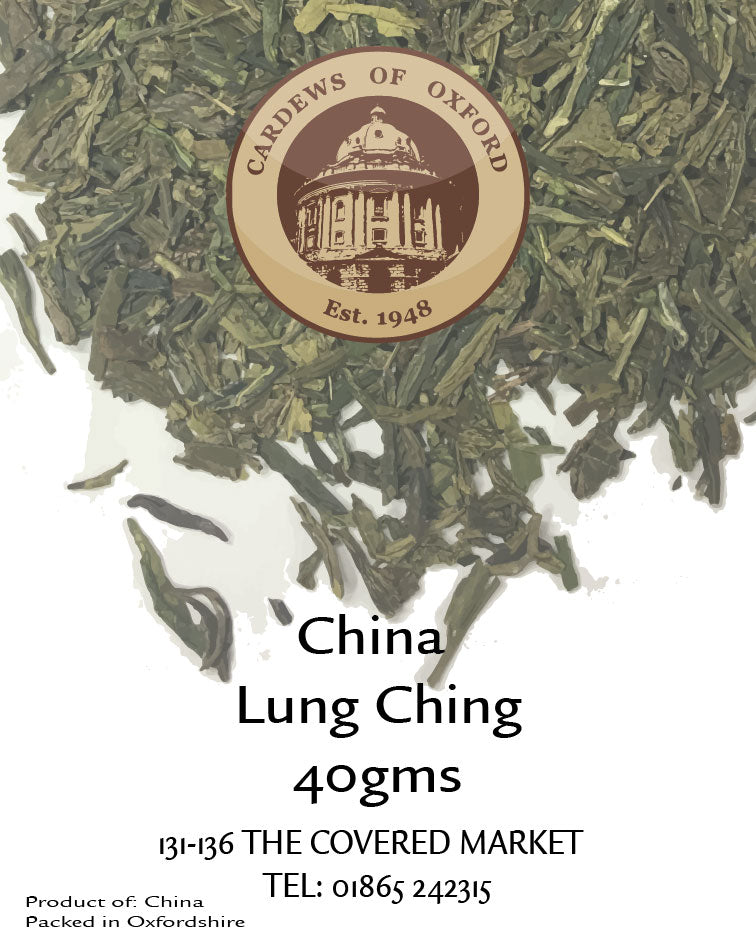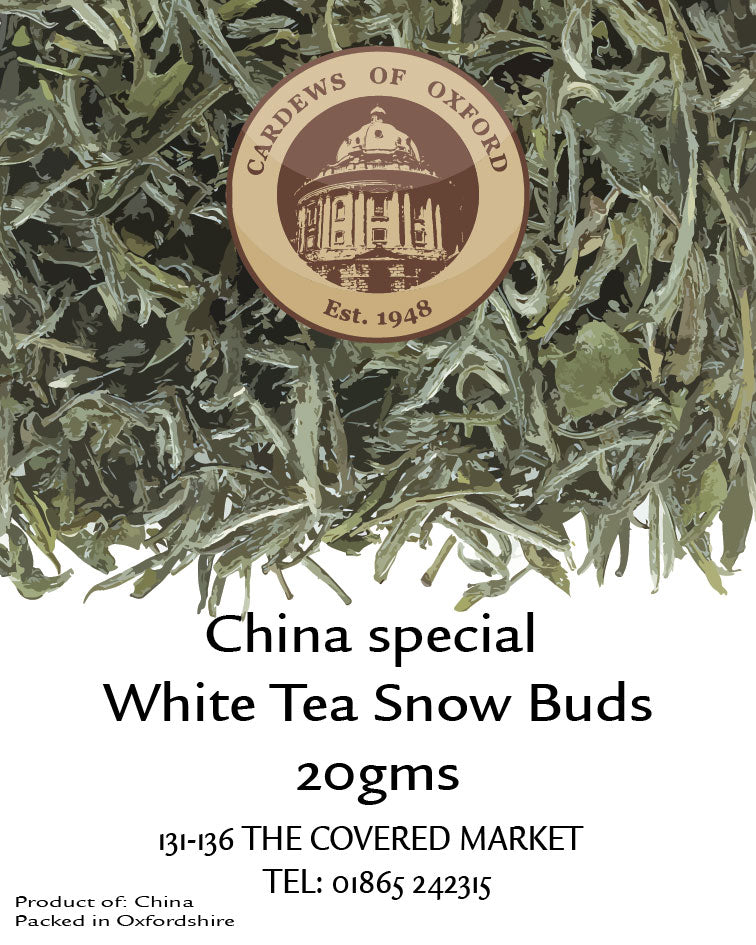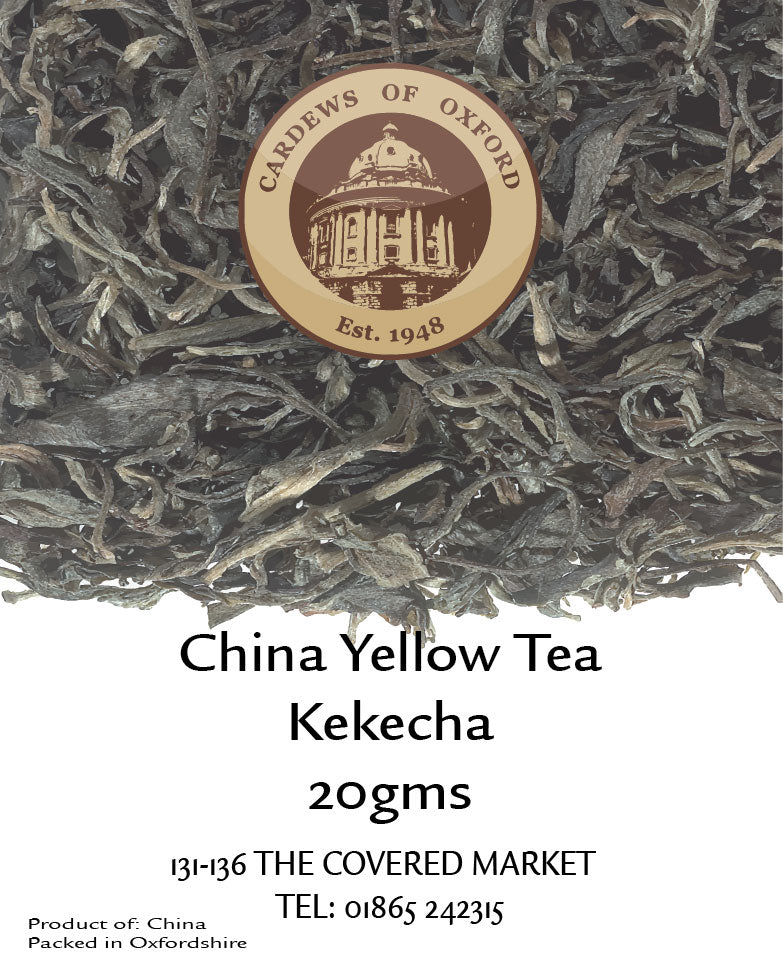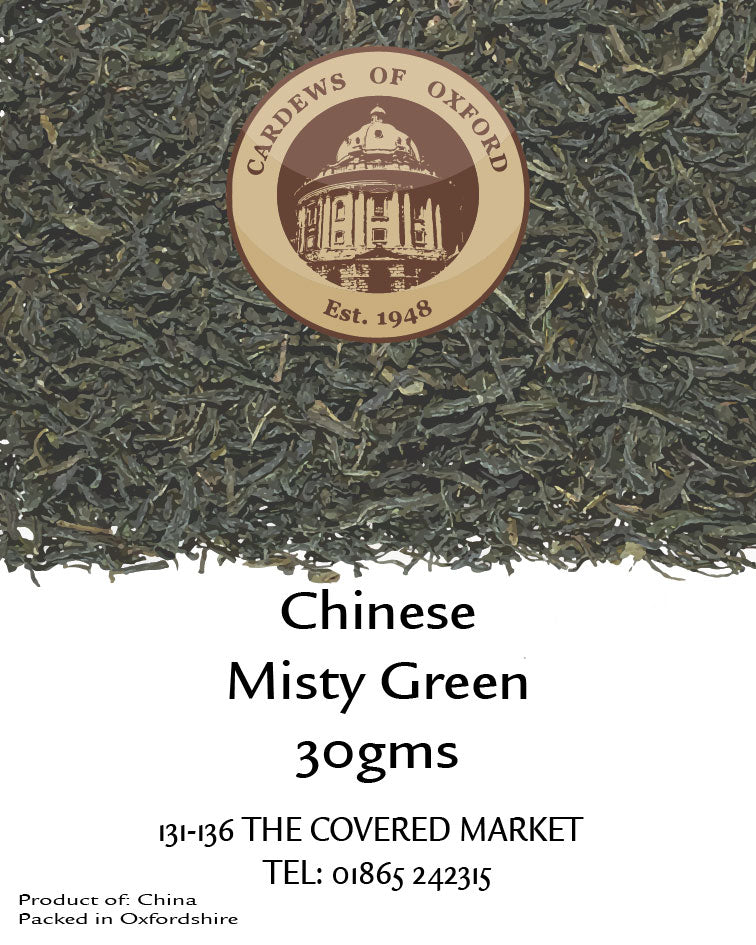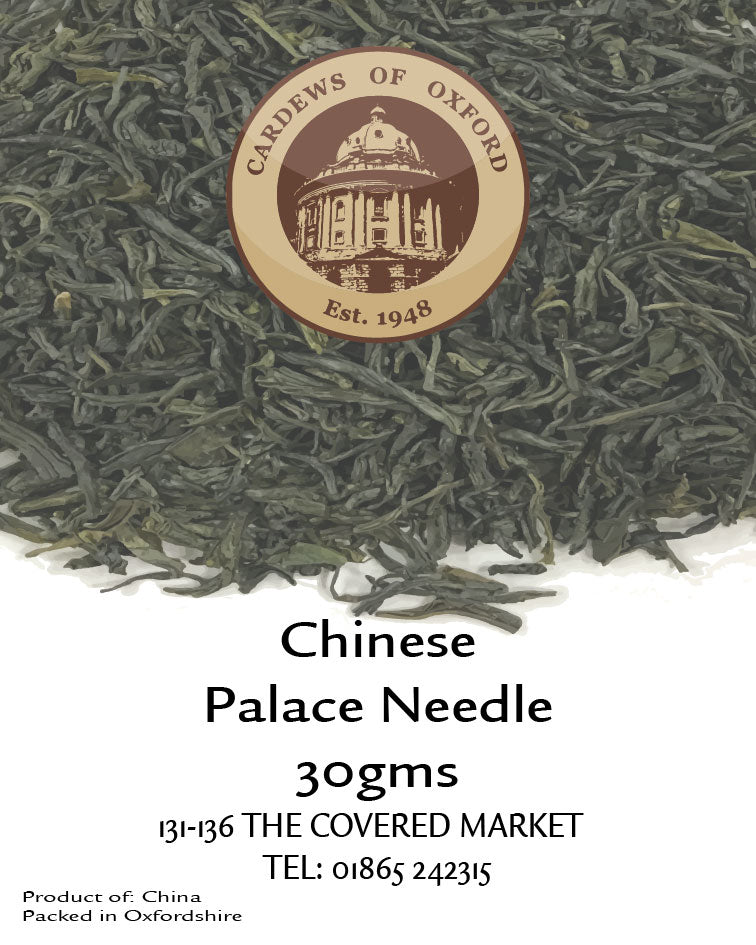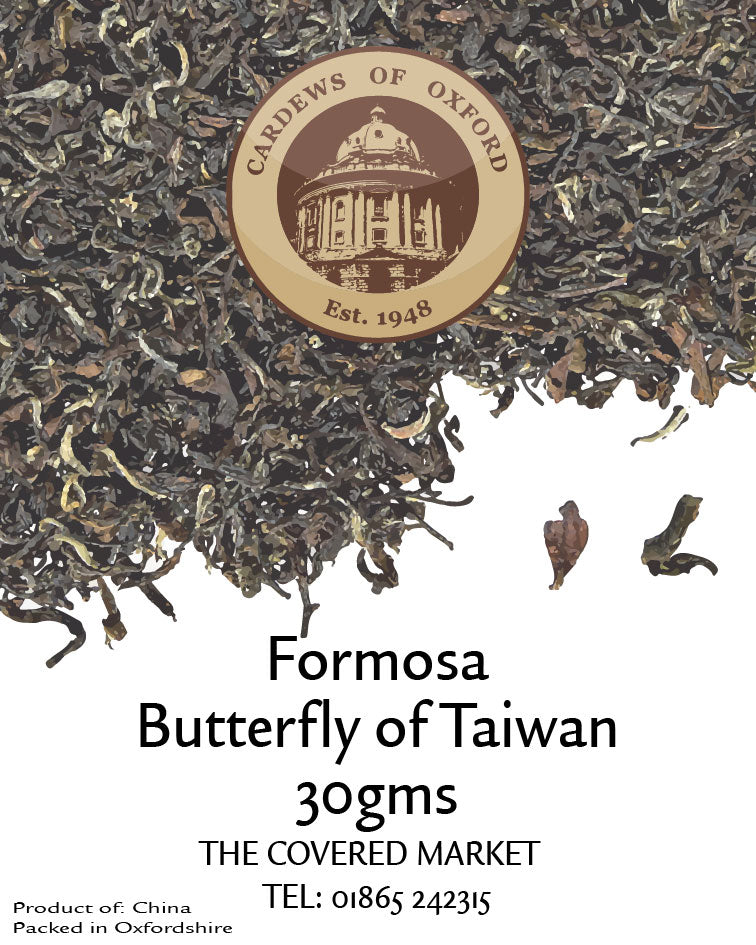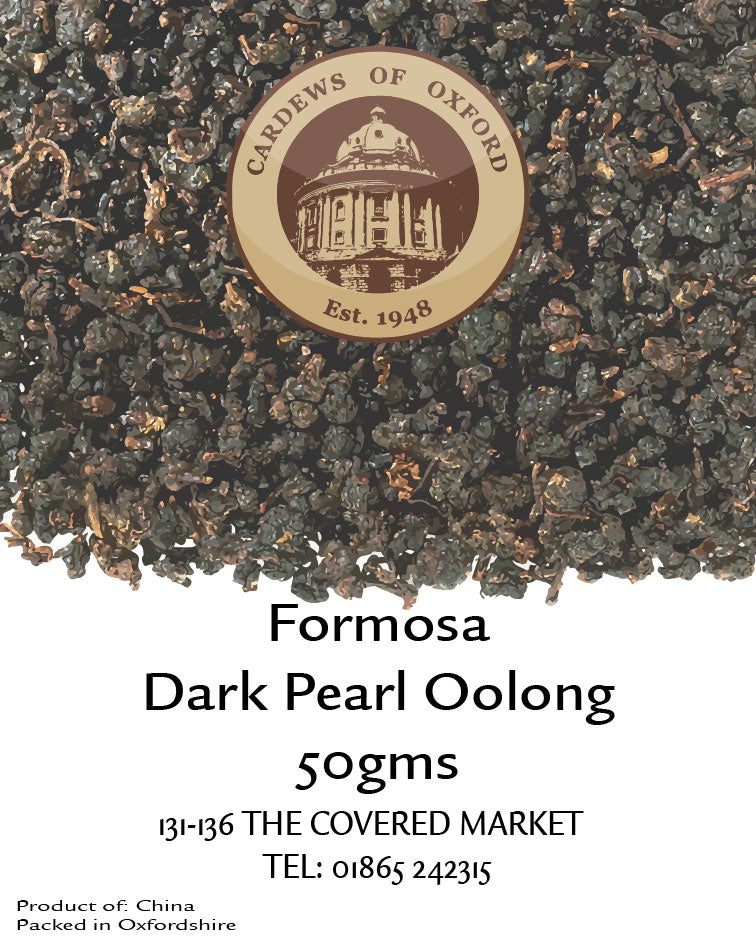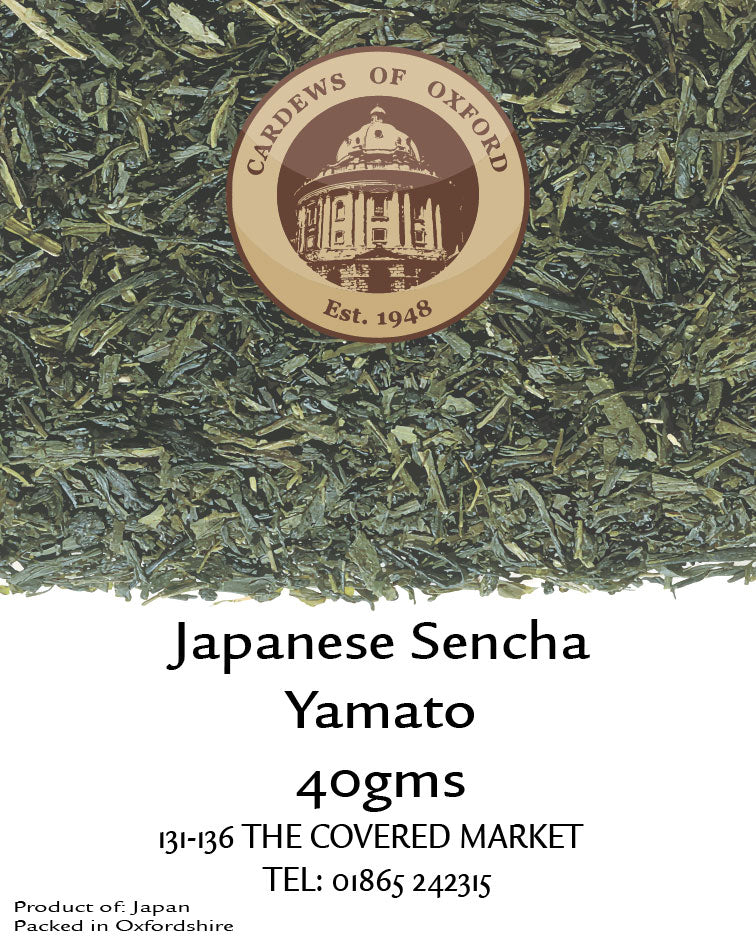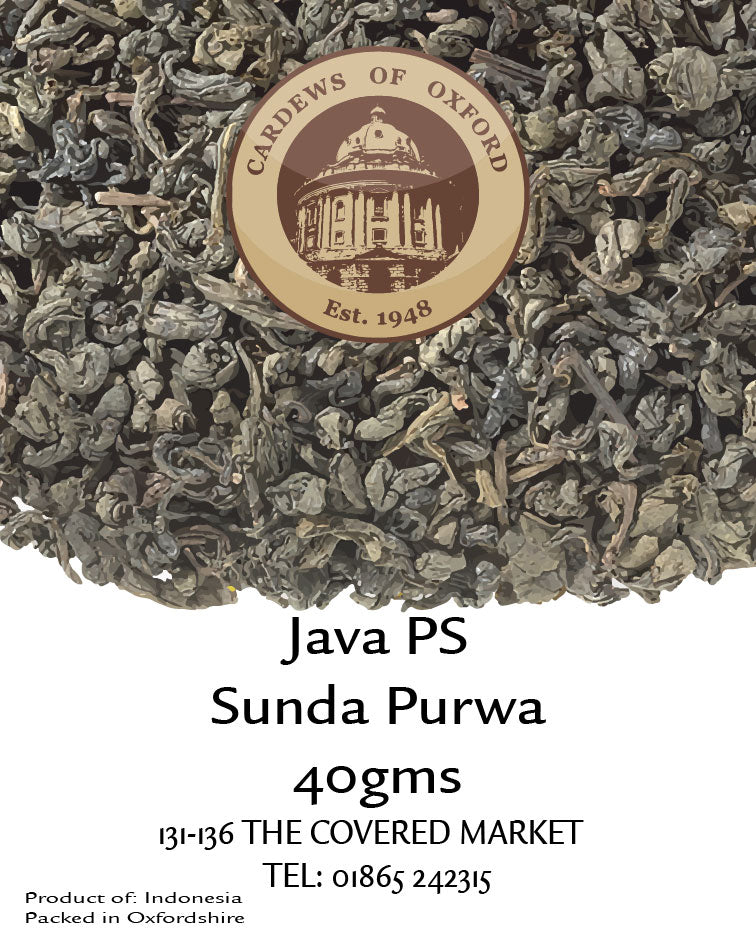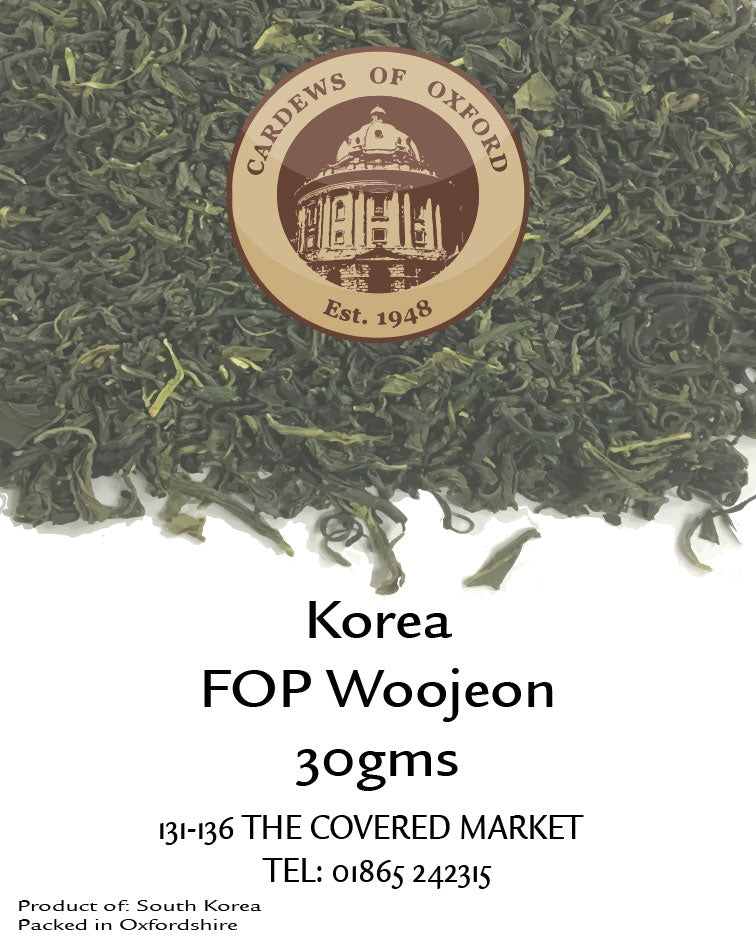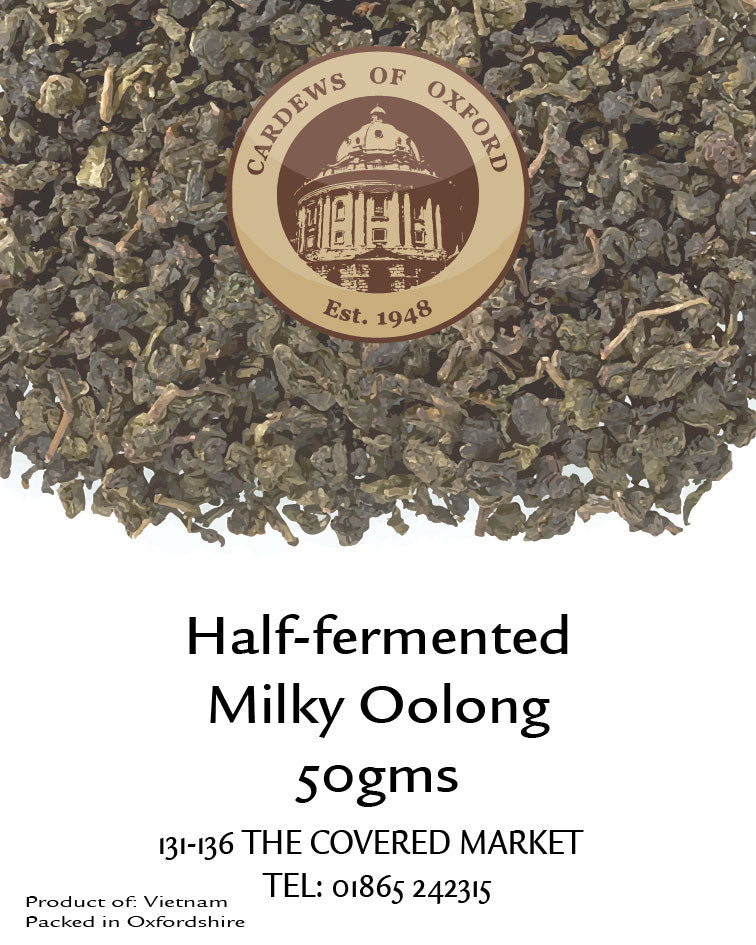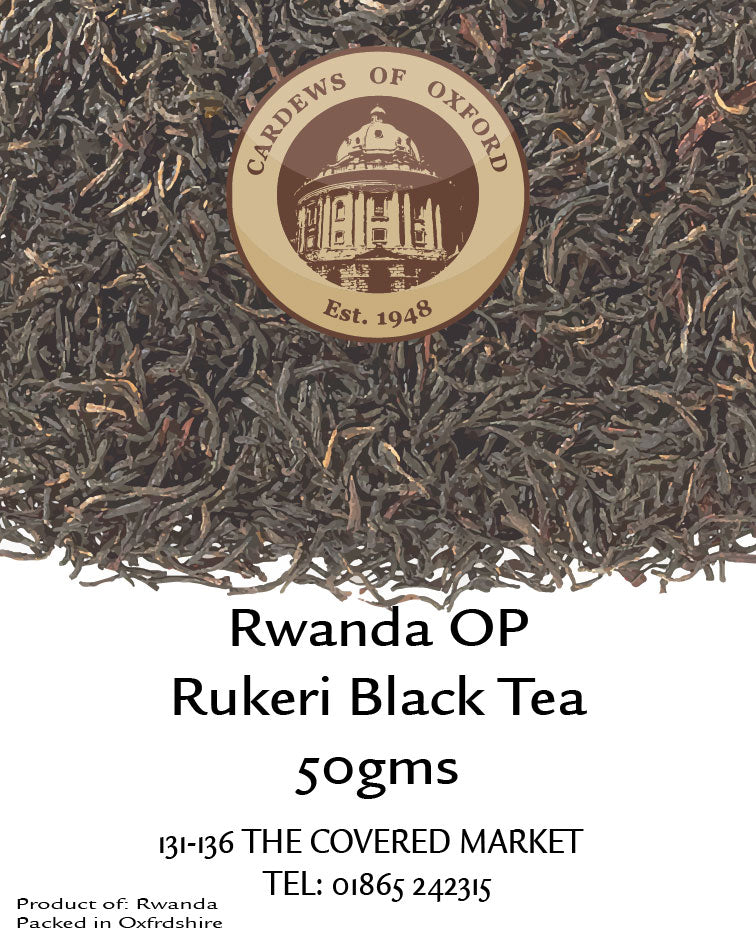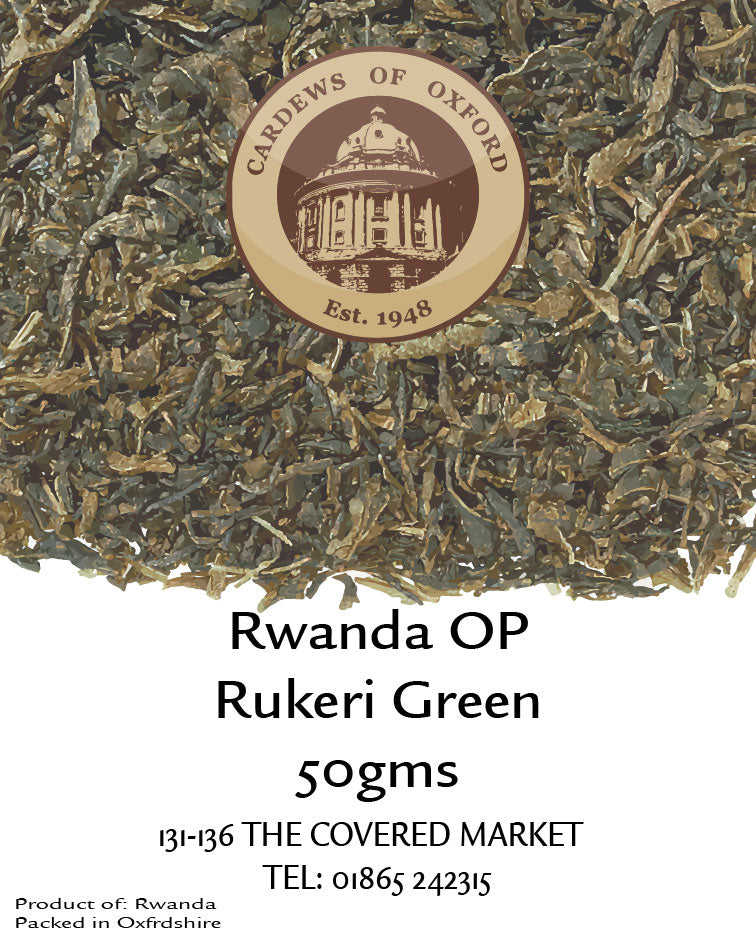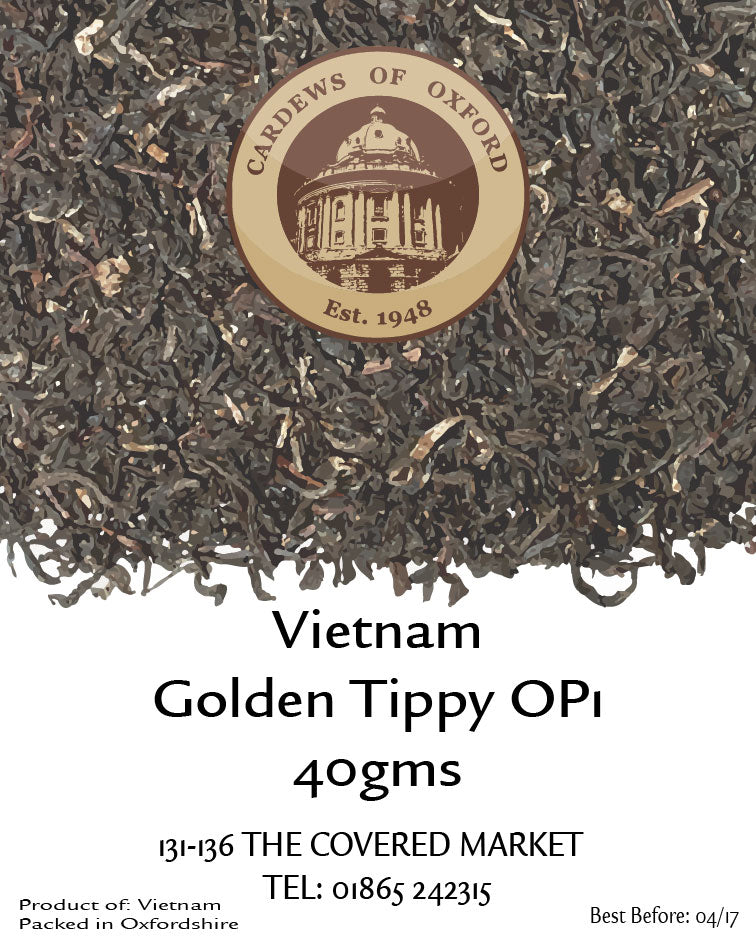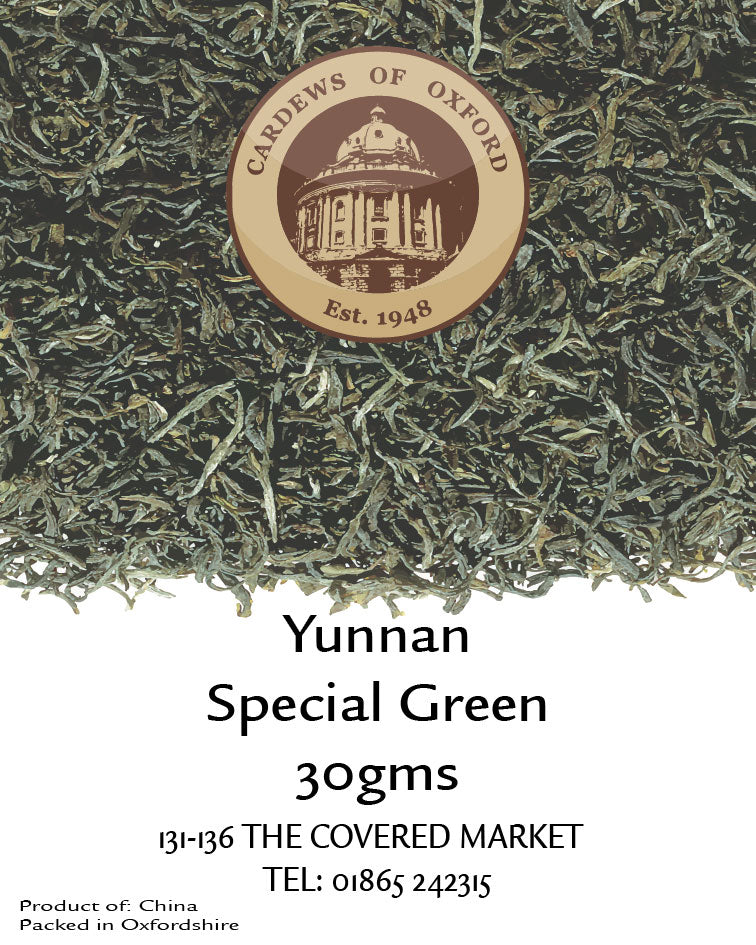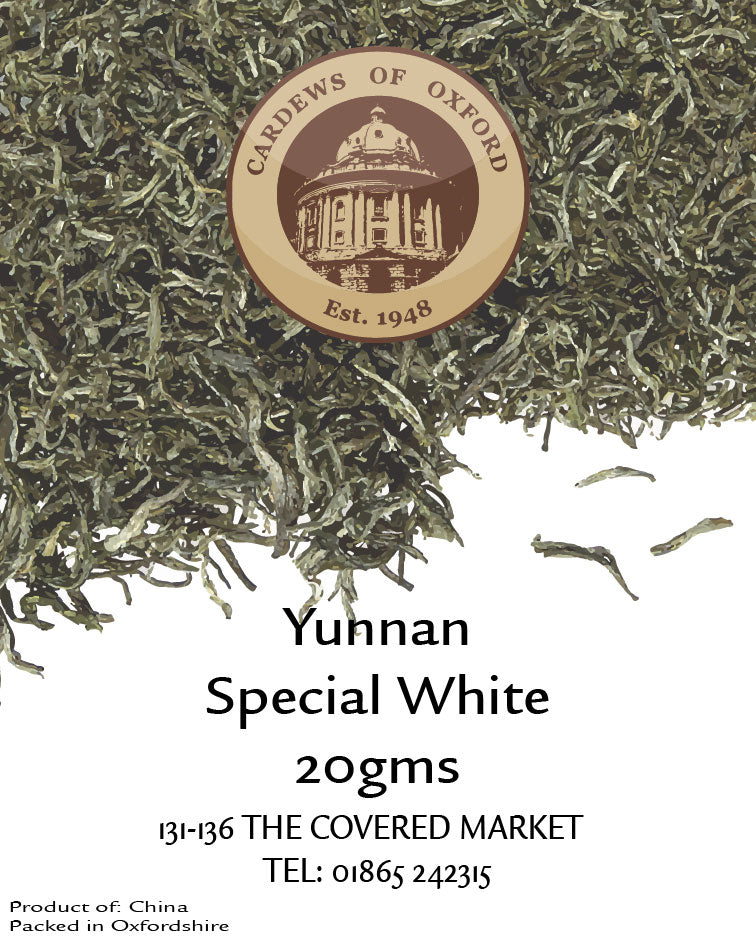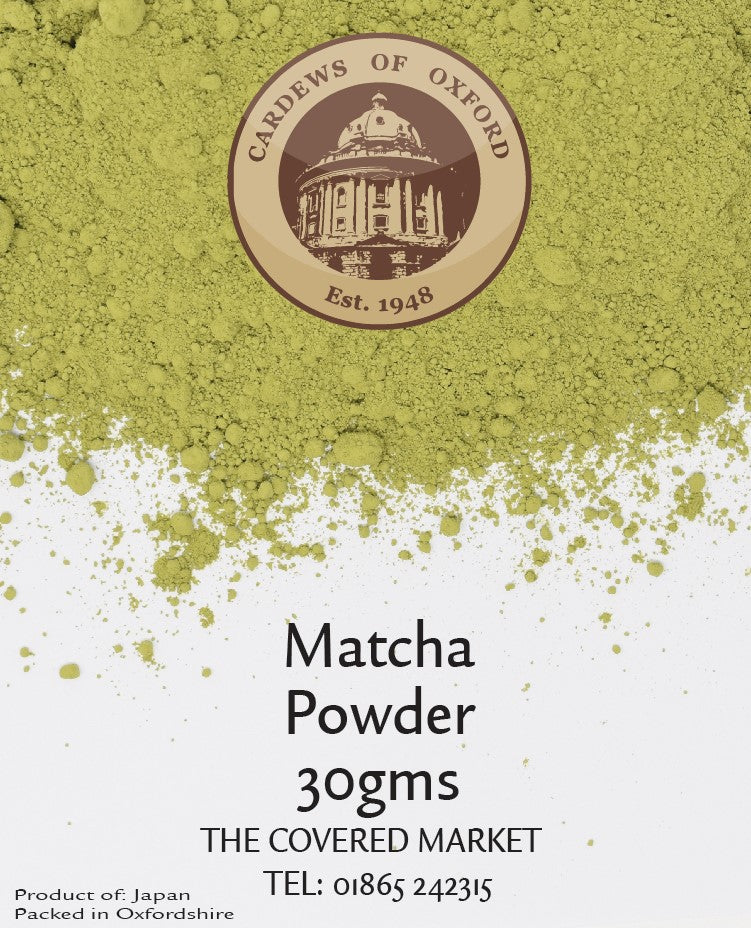Sort by:
22 products
22 products
This tea is hand-picked on the Qingshan Tea Farm in the countryside of the province of Hunan at an altitude of approximately 750 m. It is plucked during the spring harvest, between the end of March and the beginning of April. Only un-opened buds are selected and processed for this tea. The infusion is mild, aromatic and has a gentle hay-like flavour. 20gm
The eastern province of Zhejiang is famous for Lung Ching tea, which has been grown at the western lake Xihu near the city of Lonjing ever since the time of the Tang dynasty. Also known as the "Dragon Fountain Tea" following a legend about a rain-bringing dragon, it was awarded the highest possible title: "Tea of the Emperor". Its taste gives you an idea why. It is light, a little sweet and fruity without losing the classical green tea character. This top quality tea is carefully dried by hand in pans after wilting and thus produces a flat, emerald-green leaf. 40gm
This tea is another jewel from the immense treasure vault of Chinese specialties. For more than 100 years, it has been produced in the southeast of the Chinese high mountains. After traditional hand plucking, the tea is only fermented for a very short time, in order to save the tea's "green soul". The thorough "two leaves and a bud" plucking is clearly visible. The cup shimmers in light green with a slight shade of champagne color. The tasteis spicy with a mild, slightly fruity note. A special treat. 20gm
Yellow tea is traditionally only half or partially fermented, comparable to Oolong. During the production, the tea master must apply some instinctive feel in order to stop the oxidation process exactly at the right moment. Due to its stimulating effect and its many pleasant qualities, consumption of this tea remained a privilege of Buddhist monks for a long time. Our quality has an open, multicoloured leaf with bronze, golden-brown and green shades, similar to Pai Mu Tan. The cup offers a unique kaleidoscope of apricot shades. The taste is mild with a hint of Papaya and an underlying spiciness. 20gm
High humidity and prevailing ground fogs gave the tea its name. These teas are nurtured and cared for following controlled organic cultivation in the western part of Zhejiang, at altitudes of 800m where there are lots of sunny days with not too hot temperatures. The finished leaf is a sight for sore eyes: rich, dark green colour, evenly worked and slightly curly. The infusion is shiny and scented as well as smooth and grassy.The flavour surprises with fresh and spinach-like aromas. For sure a tea which you should get to know a little better! 30gm
Like all tea rarities, the Palace or Ocean Green Needle is produced with utmost caution and care. Harvested in the Province of Hubei in mid-April, only the finest leaves and the buds are plucked, steamed, dried, sieved and re-selected again before packaging. Of particular importance are the differing temperatures used. The subsequent drying is at moderate temperature so as to conserve the pleasing colour and taste of the tea. 30gm
This leaf, with its many shades of green and brown, is only produced in the Taiwanese highlands. Stopping the fermentation process at the right moment leaves only the edges fermented, whereas the leaf centre remains green. The experienced masters who are capable of doing this, reward us with the finest qualities. The tea has a fleshier and finer processed leaf than standard Oolongs. The cup shines brass-coloured. The infusion shows the blaze of colour with the differences between intense green and browns. It has a slight black tea character with a pleasant sweetness and a mild doughy note. 30gm
A tea like an exquisite little paradise! The Dark Pearl Oolong is cultivated in the Tai Tung Region in eastern Taiwan and belongs to those Oolongs that are fermented longer. The excellent climatic conditions with rich rainfalls and plenty of sunshine form the ideal preconditions for this wonderful tea. The leaves are plucked carefully by hand and brought into their well-developed pearl form again by hand after the production. The glowing amber cup envelops a highly aromatic scent of tropical fruits, the flavour notes of which you will detect again on your palate. 50gm
If you are looking for a strictly classical green tea, you have found it in this autumn tea of highest quality. It has a very powerful taste with aromatic notes, typically Japanese. Full in colour and distinct taste, a treat for the green tea connoisseur. Compared to Sencha Fuji or Fukujyu, this tea is richer and stronger. 40gm
Indonesia not only offers the classic black teas on Sumatra and Java, but also excellently produced green teas. Green tea production was commenced around the city of Bandung. In the mid 19th century. In Kiwidey, a little to the south of Bandung, the "Sunda Purwa" is harvested and produced almost year-round. This coarse Pekoe-type is made from medium leaves and is a very down-to-earth variety with an excellent value for money. It impresses with an expressive body and intense flavour even after having been infused a couple of times. 40gm
This organically cultivated tea is a speciality of the Korean tea culture. It comes from the island of Jejudo, located to the south of the Korean peninsular, where layers of volcanic rock act like a natural filter for the rain water. The clear and pure water is one of the most important components in the cultivation of this wonderful product. "Woojean" means "before the rain", the harvest taking place from mid to end of April, before the spring rains set in. The glowing, bottle green cup treats us to a scenty, grassy and slightly nutty taste experience. 30gms
Probably one of the most unusual tea specialities in terms of production as well as character is produced almost entirely by hand in the Province of Fujian. Immediately after withering the still moist leaves are heated for a short while in milk steam, which conserves the pretty, lightly olive-green leaf and cup colour and invokes the distinct creamy scent and taste. Subsequently, the leaves are rolled manually and dried. An extremely mellow tea, which we are sure, will quickly win over many new tea lovers. 50gm
The tea industry has come to be Rwanda’s most important economic sector and one of its largest employers. More than 90 % of the production is exported. The plantation Rukeri was founded by Europeans almost 50 years ago and only produces 700t of orthodox tea per year. In order to keep the leaves from breaking, they are moved only minimally during the withering process. Our quality has a long, wiry, mid-brown leaf and its taste is slightly spicy with a pleasant citrus note. The brightly shining cup releases a spicy-fresh aroma. 50gm
Almost 75 % of all Rwandan cultivated teas come from small farms which have united in a cooperative called Assophte. The production of orthodox tea is less than 20 % which is why we are rather proud of this green tea rarity, growing at an altitude of approximately 1,800 m above sea level. The infusion unfolds the wiry, dark-green leaf and a scenty, slightly spinach-like aroma with a pleasent lingering after taste on the palate. The cup is a shining lime colour. 50gm
In the province Ha Giang, located in the very north of Vietnam, close to the Chinese border, family-run estates, so-called “small holders”, cultivate teas following traditional methods. Since 2012, this is done largely as controlled organic cultivation. Amongst them, the Cao Bo Factory produces very fine black and green qualities. We have chosen a light brown, evenly worked leaf with golden leaf tips. Light and smooth, but still full-bodied and aromatic with a copper-coloured cup. The infusion is slightly floral with hints of caramel. 40gms
This tea comes from the mountainous south of Yunnan, where a rainy and foggy climate supports the growing of very aromatic and fine teas which differ clearly from the qualities coming from other parts of China. They are considered stronger and to have more "body". The Assamica leaves are more voluminous, but at the same time softer and more tender in their flesh. Following tradition, only the youngest leaves are plucked and processed, providing the basis for this gentle, very aromatic taste which combines the earthy characters of Yunnan and green tea. 30gm
Another version of the White tea, this time from Yunnan! Special White is grown at altitudes between 1.300 and 2.000 meters in temperatures varying between12 ° C - 23 ° C. The large, open and light green leaf with its high proportions of silvery-coloured tips produce a soft, mild and at the same time fruit-soft bouquet in the cup. The infusion has a flowery scent and a colour reminiscent of sunrise. 20gms
The tea of teas. This fine, green powder is used for the traditional preparation of a Japanese tea ceremony. To go into the details would go far beyond this description , therefore (our apologies to the Japanese) we are presenting a shortened version: put one level teaspoon full of Matcha powder into a bowl, add freshly boiled, cooled water and froth up with a bamboo whisk. A mixture of fine aromas, which, despite the powdery structure, have a surprisingly tender note, characterizes the fine Matcha powder from Tencha leaves.
Japanese Matcha 30gm

